Ever wonder about the great connectors of history that have disappeared from our
skylines? While modern marvels like the Golden Gate and Tower Bridge capture our
imagination today, countless remarkable bridges that once defined cities and
civilizations have vanished into memory.
These weren’t just structures of steel and stone – they were lifelines between communities, symbols of human ingenuity, and sometimes witnesses to history’s most dramatic moments.
The Original London Bridge, England
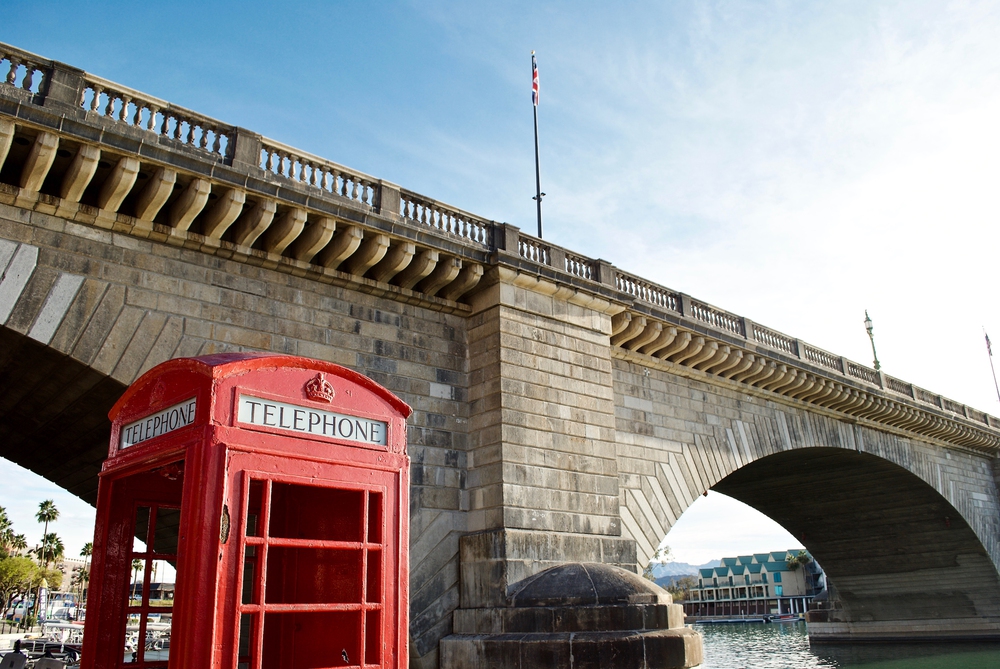
The medieval London Bridge wasn’t just a crossing – it was practically a city unto
itself. Completed in 1209, this wonder hosted more than 200 buildings, including
shops, houses, and even a chapel, creating a bustling neighborhood suspended
above the Thames.
Water wheels churned beneath its arches, powering grain mills that helped feed London’s growing population. The bridge stood for over 600 years before being replaced, surviving fires, floods, and even the occasional Viking raid, though some unlucky travelers would find themselves picking their way through crowds of displayed traitors’ heads.
Kinzua Viaduct, Pennsylvania
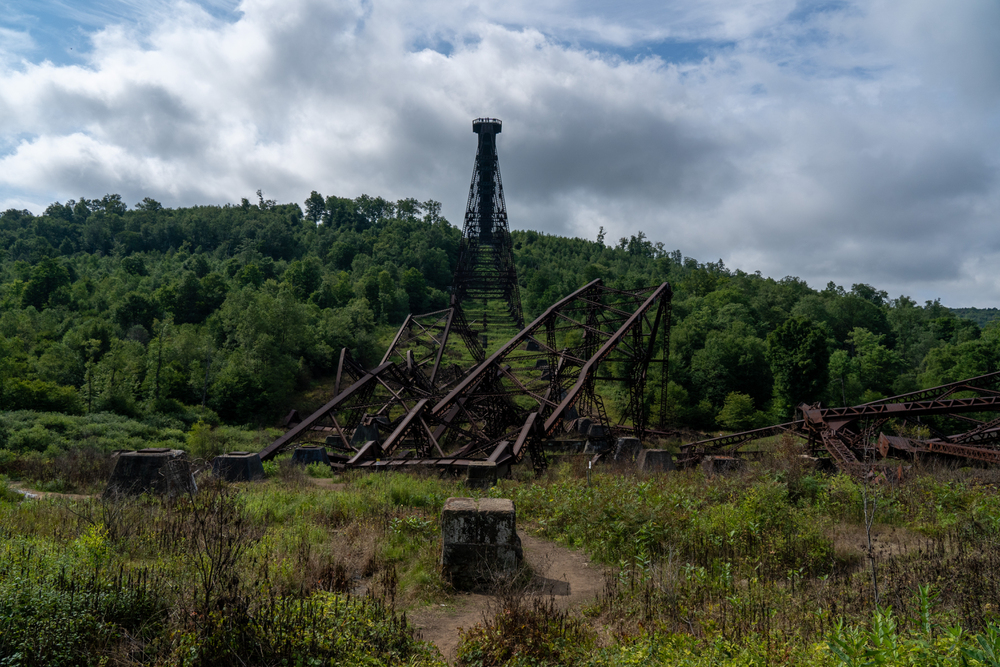
Once known as the ‘Eighth Wonder of the World,’ this railway bridge soared 301 feet
above the Kinzua Creek Valley, stretching over half a mile through the Pennsylvania
sky. When completed in 1882, it was the highest and longest railroad bridge in the
world, built from wrought iron that glinted in the sunlight.
The bridge underwent a complete steel reconstruction in 1900, which served faithfully for over a century before meeting its match in a 2003 tornado that twisted its mighty towers like paperclips. Today, the remaining structure serves as a striking skywalk, where visitors can stand above the valley on glass floors, contemplating nature’s power to reshape our grandest designs.
Like Travel Pug’s content? Follow us on MSN.
The Bridge of Boats, Baghdad
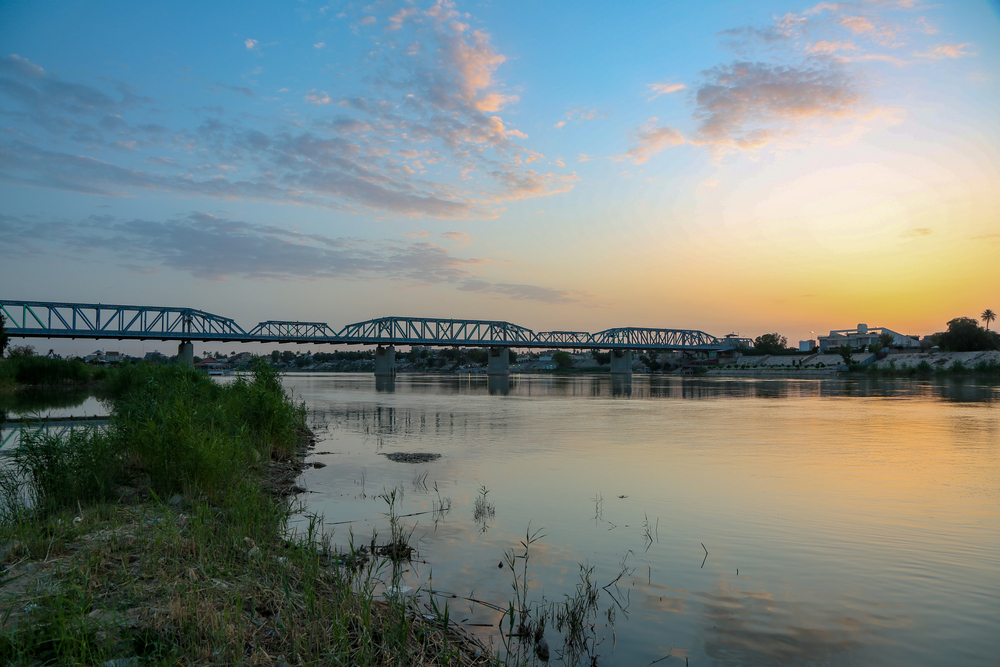
For nearly a millennium, x of Boats demonstrated ingenious engineering that modern architects still admire. Constructed during the Islamic Golden Age, this floating marvel consisted of pontoons anchored together, rising and falling with the Tigris River’s moods.
The bridge could be partially disconnected to allow boats through, showcasing an early example of movable bridge technology. Local legends tell of the bridge’s ability to withstand floods that would have destroyed conventional structures, though it ultimately vanished during the city’s turbulent later history.
Rialto Bridge of Venice (Original Wooden Version)
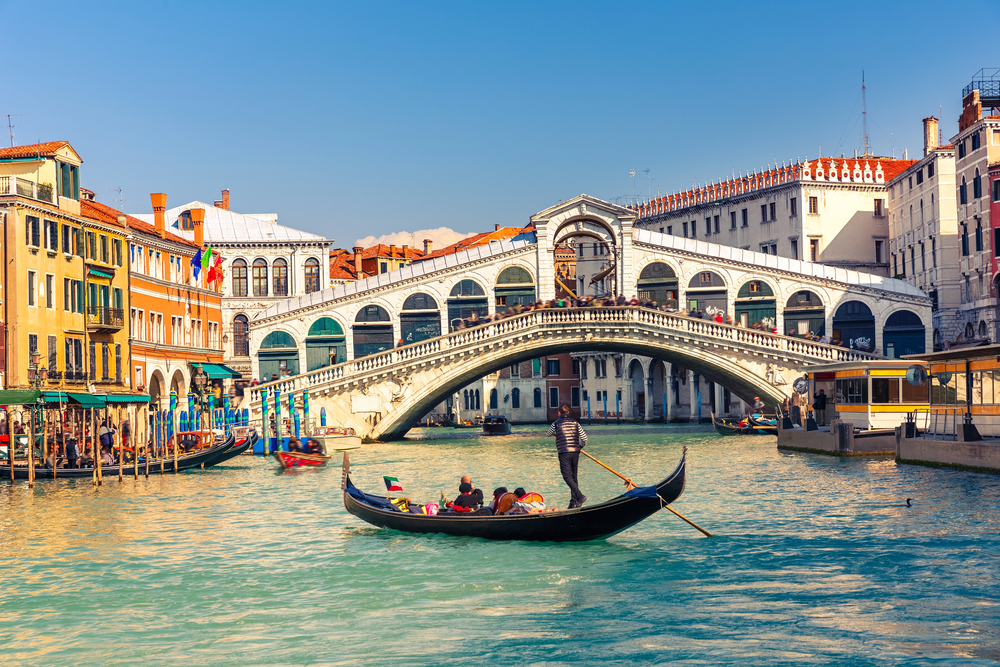
Before the iconic stone arch we see today, Venice’s first Rialto Bridge was a floating
pontoon that evolved into an elaborate wooden structure. This earlier version,
completed in 1264, featured a raising center section that allowed tall ships to pass
beneath, an innovation far ahead of its time.
The wooden bridge survived numerous fires and rebuildings, serving as the city’s commercial heart where merchants from across the world traded their wares. Its final collapse in 1524 led to the construction of the stone bridge we know today, though the wooden bridge’s design influenced drawbridge technology for centuries.
The Old Narrows Bridge, Tacoma
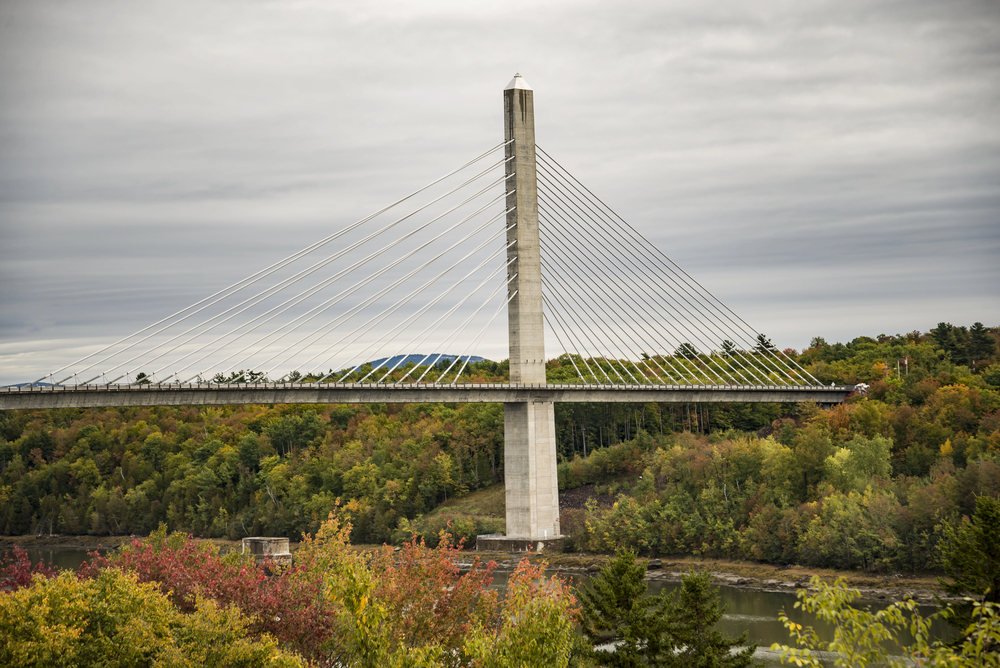
Nicknamed ‘Galloping Gertie,’ this bridge became an engineering legend for its
dramatic end. Opening in 1940, the suspension bridge spanned the Tacoma
Narrows with an elegant design that, unfortunately, proved too light and flexible. The
bridge earned its nickname from its tendency to ripple in high winds, creating waves
that moved along its deck like ocean swells.
Just four months after opening, a relatively modest wind caused the bridge to enter a twisting motion that eventually tore it apart, creating one of the most famous bridge failure videos in history.
Like Travel Pug’s content? Follow us on MSN.
The Pont Des Arts (Original), Paris
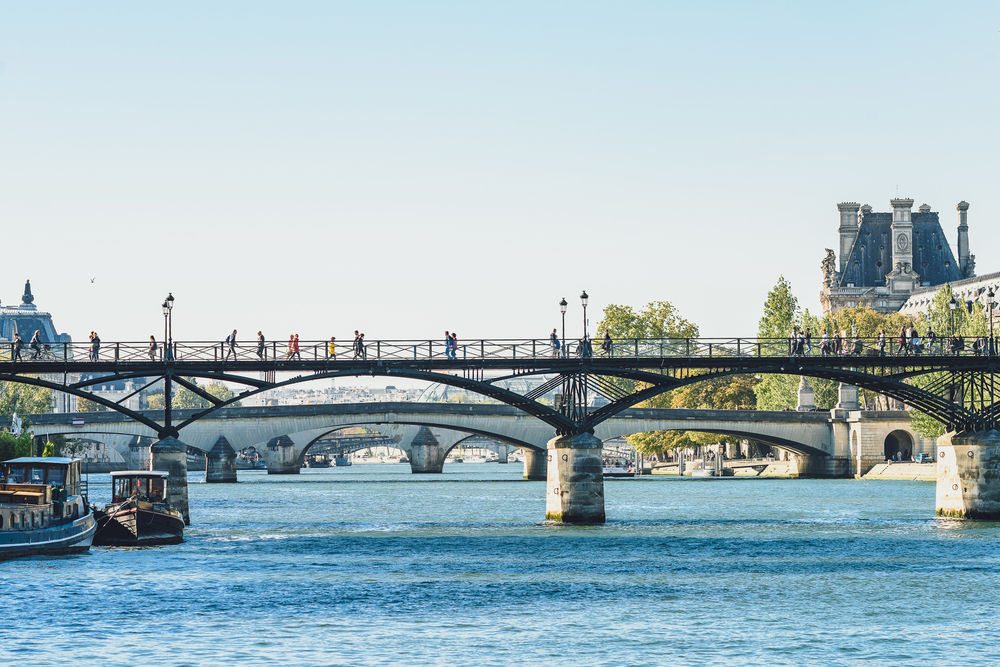
The first metal bridge in Paris, this elegant structure pioneered new architectural
techniques when it opened in 1804. Nine graceful iron arches spanned the Seine,
offering pedestrians breathtaking views of the city and inspiring countless artists and
writers.
The bridge survived decades of history, including two world wars, before a series of barge collisions in the 1970s proved too much for its aging structure. Though replaced with a similar design, the original’s innovative use of iron influenced bridge architecture throughout Europe.
The Cedar Street Bridge, New York
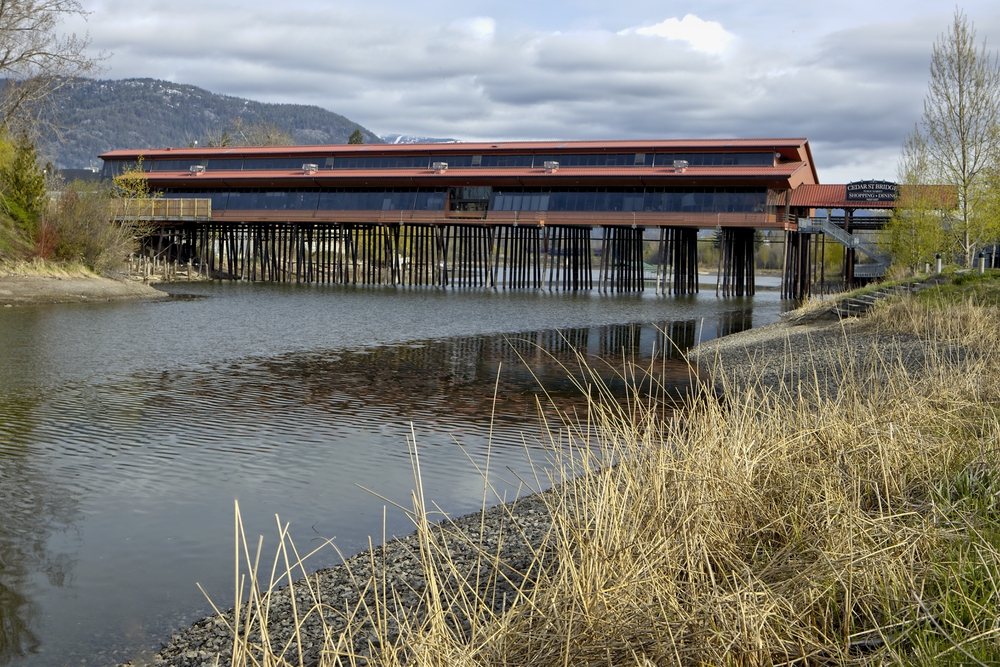
This remarkable covered bridge spanned Manhattan’s bustling commercial district in
the early 1800s, connecting warehouses and creating an early example of an
elevated marketplace. The bridge’s unique design included shop windows along its
length, creating one of America’s first shopping arcades.
Popular legend claims that the bridge’s innovative retail concept influenced the development of the modern shopping mall. The structure was dismantled in 1871 to make way for urban development, but its commercial design concept lived on.
The Ancient Xerxes Bridges

When Persian King Xerxes decided to invade Greece in 480 BCE, he ordered the
construction of two revolutionary pontoon bridges across the Hellespont strait.
Engineers lashed hundreds of ships together, covering them with wooden planks
and earth to create a path for his massive army.
Though the first attempt was destroyed by a storm, the second succeeded, creating a crossing nearly a mile long that supported thousands of troops and animals. According to Herodotus, the bridge took seven days and nights for the army to cross, marking one of history’s most ambitious military engineering projects.
Like Travel Pug’s content? Follow us on MSN.
The Rolling Bridge of Newcastle
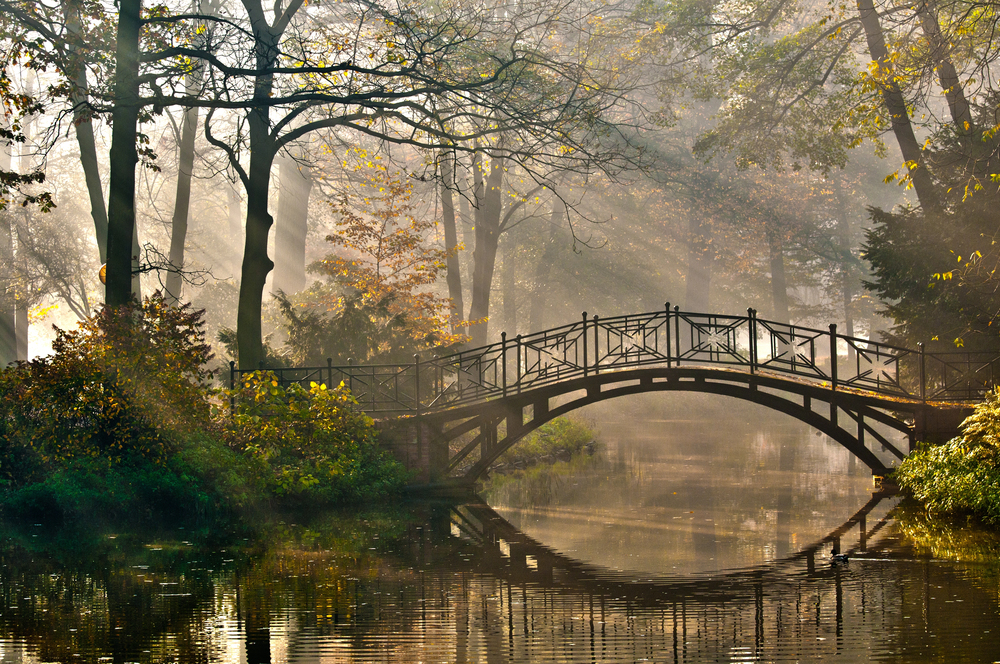
This innovative structure, built in 1872, solved the problem of letting ships pass while
maintaining railway traffic above. The entire bridge could roll back on massive
wheels, creating a clear channel for vessels in just minutes.
Its counterweight system was so perfectly balanced that just two men could operate the massive structure. Though it served faithfully for decades, changing shipping patterns and new transportation needs led to its dismantling in 1925.
The Wheeling Suspension Bridge (Original)

When completed in 1849, this was the longest suspension bridge in the world and
the first to span the Ohio River. The bridge survived multiple disasters, including a
dramatic collapse in an 1854 windstorm that led to crucial insights about
aerodynamics in bridge design.
Its innovative cable system and stiffening techniques influenced suspension bridge construction worldwide. The original structure finally gave way to a modern replacement in 1956, but its design lessons still influence bridge builders today.
The Flying Bridge of Bamberg
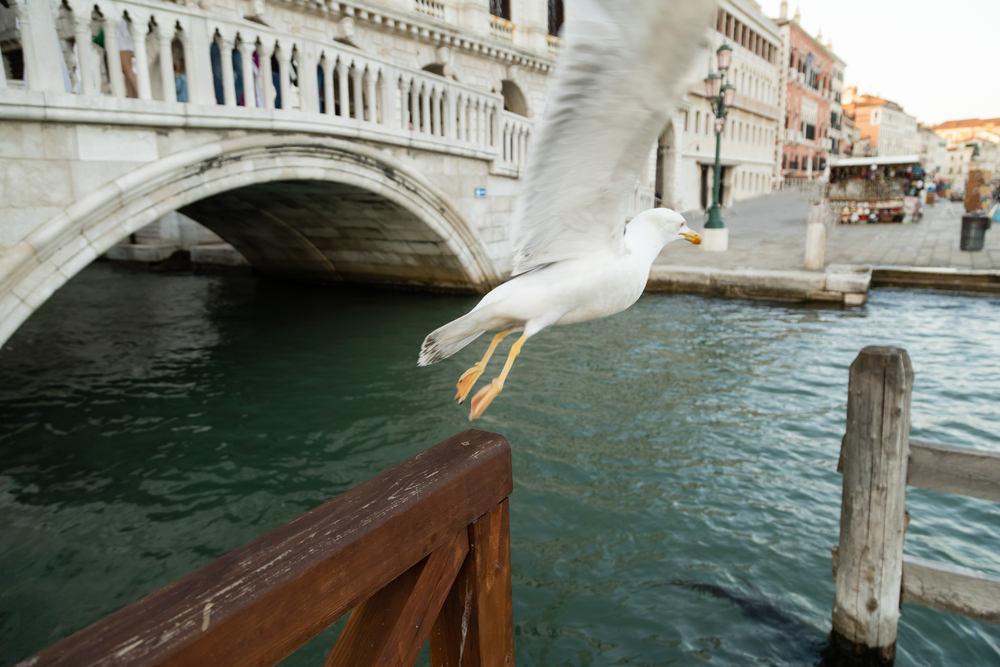
This medieval German bridge was famous for appearing to float above the river
without visible support. Clever engineering and optical illusions created by its
reflection in the water earned it the nickname ‘The Miracle Bridge.’
The structure incorporated unique flood control features that helped it survive numerous natural disasters. Though it was eventually dismantled in the 19th century, its innovative design techniques influenced European bridge building for generations.
Like Travel Pug’s content? Follow us on MSN.
The First Niagara Suspension Bridge
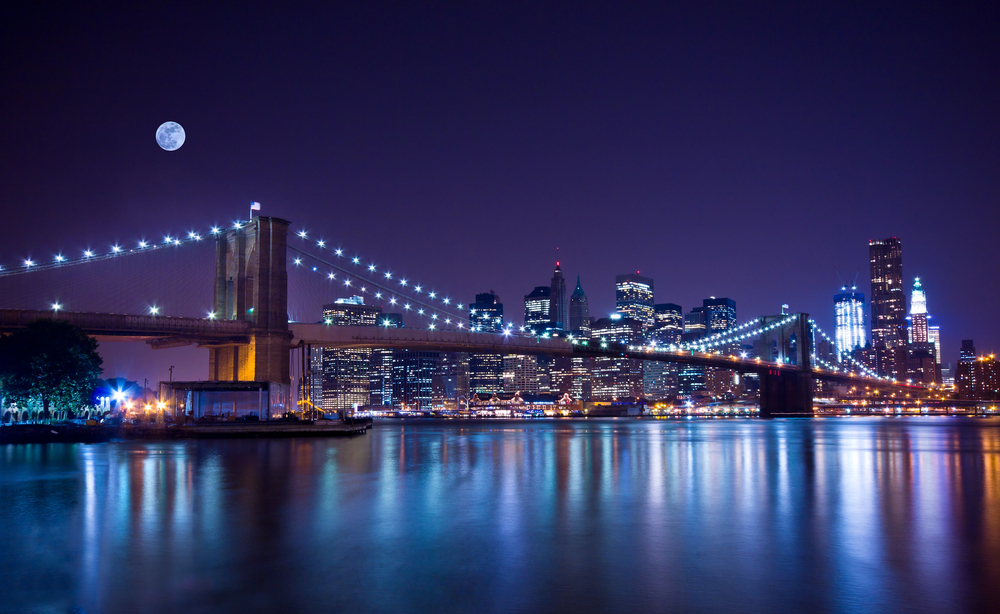
This engineering marvel was the world’s first working railway suspension bridge
when it opened in 1855. The bridge’s designer, John A. Roebling, used innovative
techniques, including diagonal stays and stiffening trusses, that would later influence
his design for the Brooklyn Bridge.
The structure survived the tremendous forces of both train traffic and the Niagara Gorge’s fierce winds. Though replaced in 1897, its successful operation proved that suspension bridges could handle heavy railway traffic.
The Rainbow Bridge of China
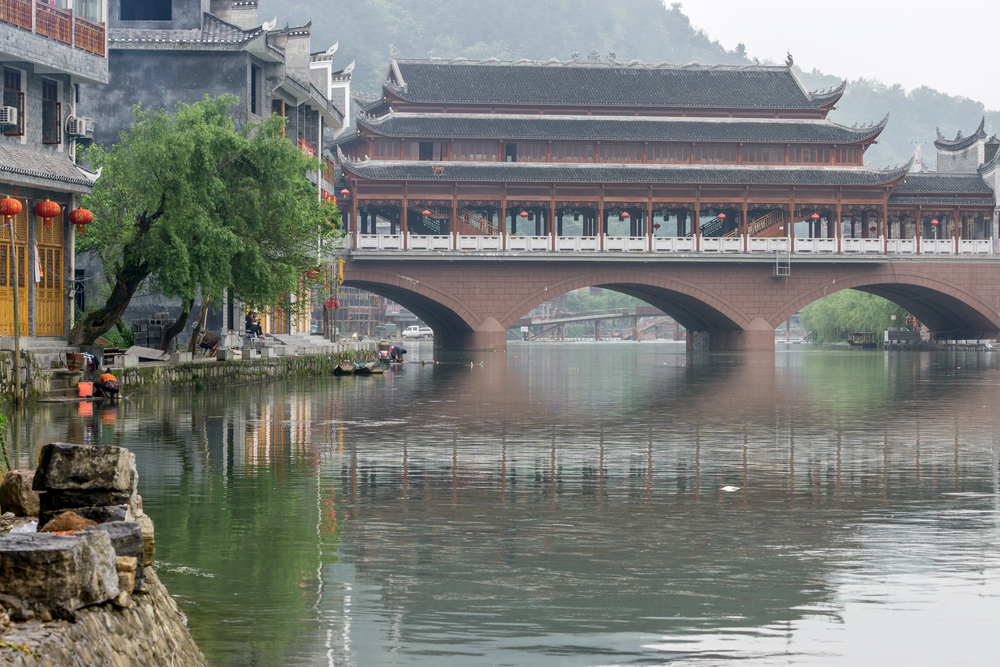
This legendary bridge from the Song Dynasty spanned a deep gorge in China’s
Yunnan province, using an innovative single-arch design that wouldn’t be replicated
in the West for centuries. Local artisans used interlocking wooden brackets and
precise counterweights to create a structure that appeared to float across the chasm.
The bridge survived numerous earthquakes and floods before finally succumbing to
age in the 19th century. Its construction techniques remained a mystery to Western
engineers until relatively recent archaeological studies.
The Pont D’Avignon, France
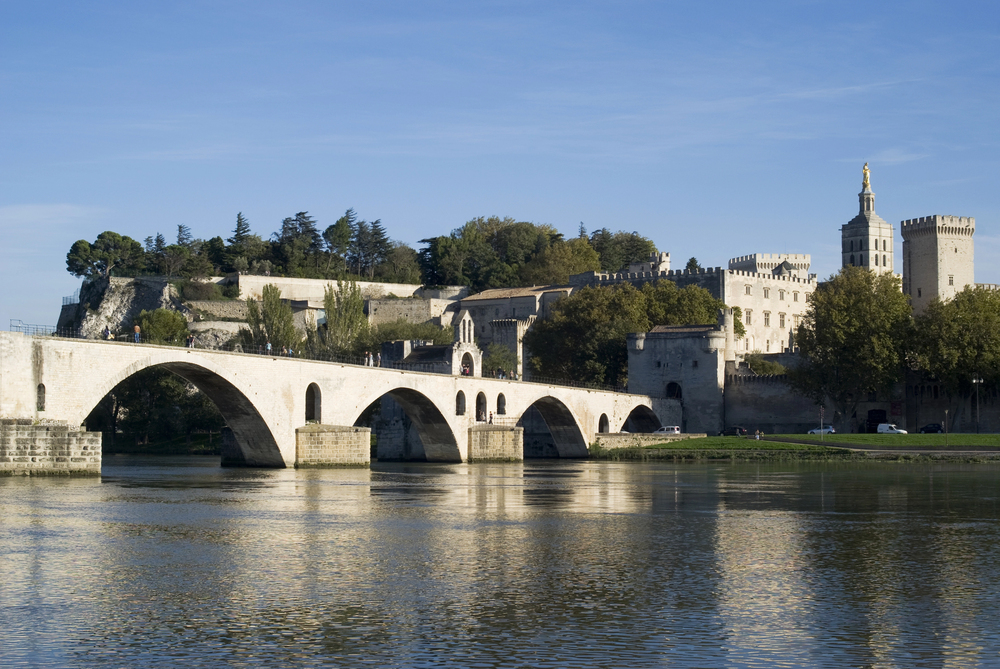
Originally spanning the entire Rhone River, this medieval marvel was known
throughout Europe for its unique chapel built into one of its piers. The bridge
survived numerous floods thanks to innovative engineering that included pointed
cutwaters and flood relief arches.
Local legends claim that the bridge was built by divine inspiration, leading to the famous French children’s song about dancing upon it. Today, only four of its original 22 arches remain, standing as a reminder of medieval engineering ambition.
Like Travel Pug’s content? Follow us on MSN.
The First Iron Bridge of China
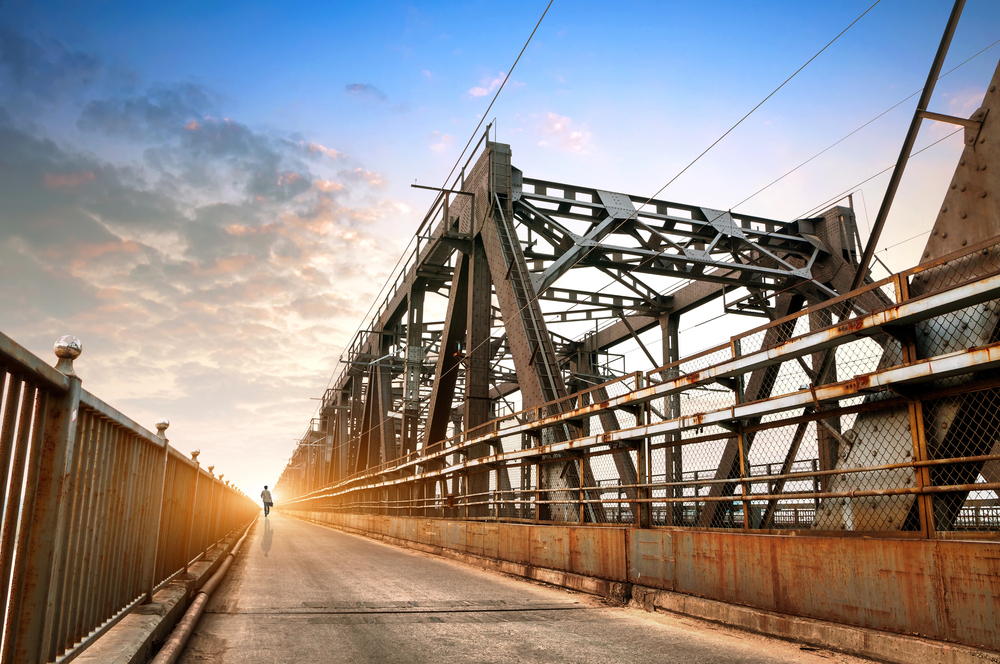
Built during the Tang Dynasty, this revolutionary structure was the world’s first
documented iron bridge, predating European iron bridges by nearly a millennium.
The bridge used cast iron components in an innovative arch design that distributed
weight more effectively than traditional stone structures.
Engineers created special molds and joining techniques specifically for this project. Though it disappeared during a period of political upheaval, archaeological evidence of its construction techniques continues to amaze modern engineers.
The Carquinez Bridge (Original)
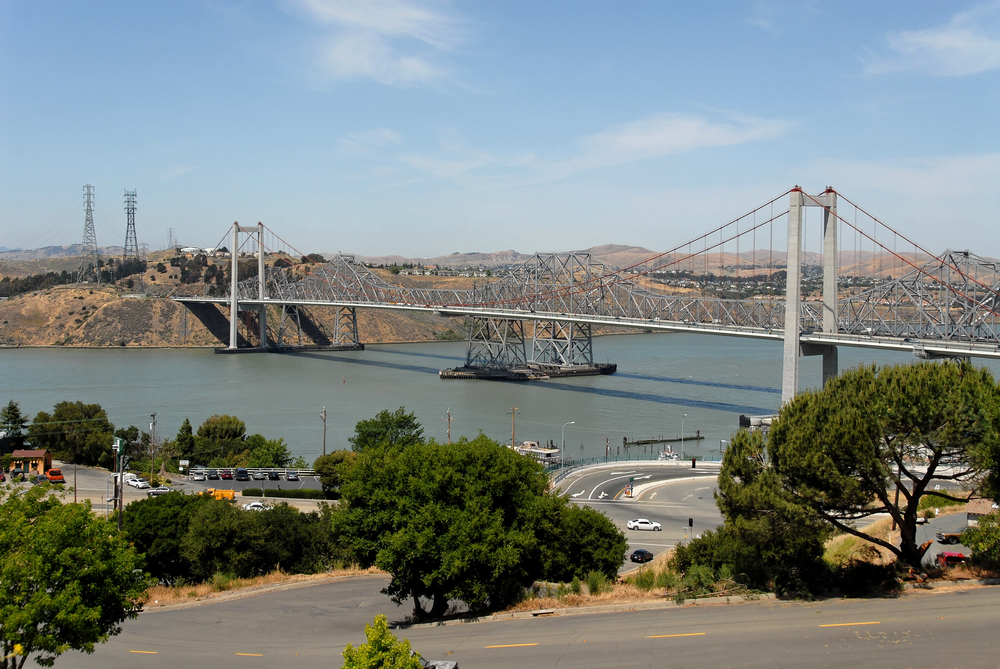
This California landmark was the first major bridge designed to withstand significant
earthquake forces when it opened in 1927. Engineers incorporated unique flexibility into the structure, allowing it to sway during seismic events without fail.
The bridge served as a crucial link in the San Francisco Bay Area’s transportation network for decades. Though replaced in 2007, its earthquake-resistant design principles influenced bridge construction throughout seismically active regions.
The First Quebec Bridge
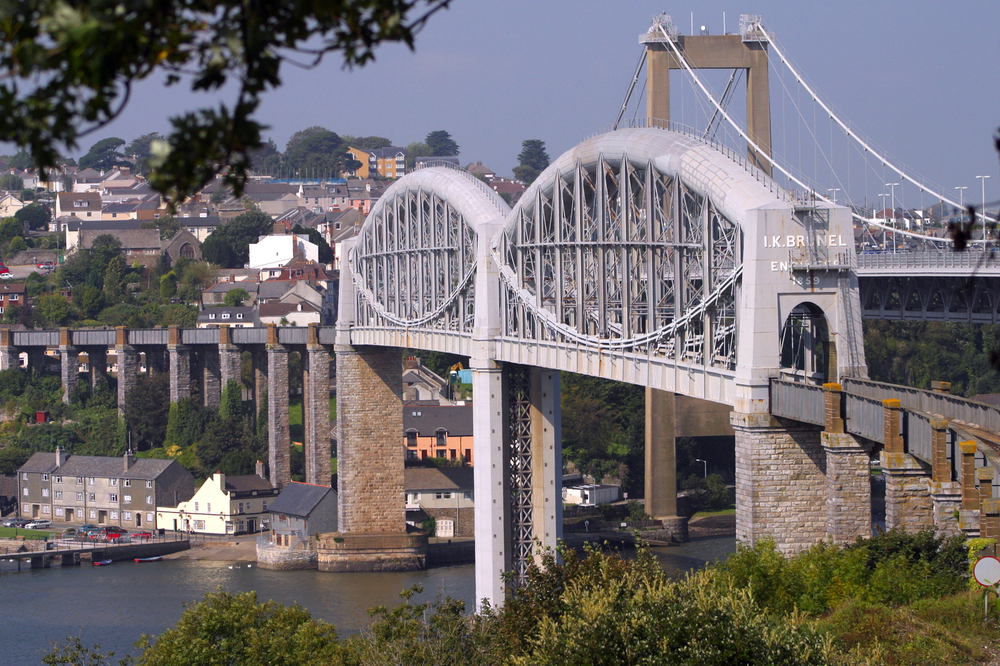
The original Quebec Bridge became a sobering lesson in engineering hubris when it
collapsed during construction in 1907. Designed to be the world’s longest cantilever
bridge, its ambitious span length pushed the limits of contemporary engineering
knowledge.
The disaster led to major reforms in engineering education and practice across North America. The bridge’s failure analysis became required reading for engineering students, making it perhaps more influential in death than it would have been in service.
Like Travel Pug’s content? Follow us on MSN.
The Saltash Bridge, Cornwall
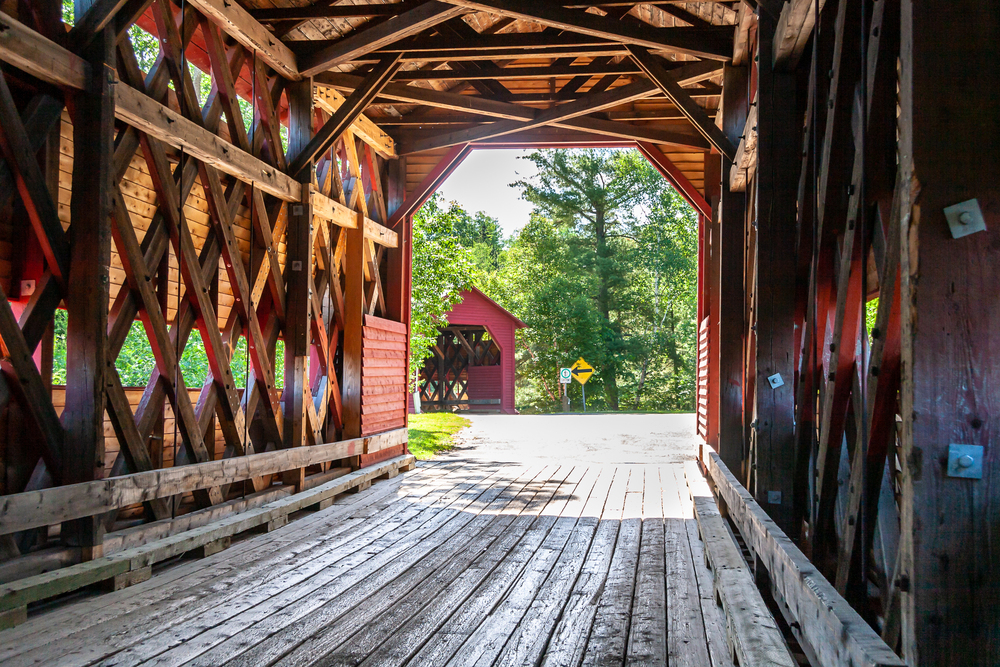
Brunel’s last great bridge combined suspension and arch principles in a unique
hybrid design that wouldn’t be attempted again for over a century. The bridge’s
innovative use of materials included wrought iron tubes that acted as both arch and
anchor for the suspension chains.
Local sailors nicknamed it ‘Brunel’s Folly’ during construction, but it proved remarkably durable. Though dismantled in the 1960s, its hybrid design concepts are finding new applications in modern bridge construction.
The Triple Bridge of Constantinople
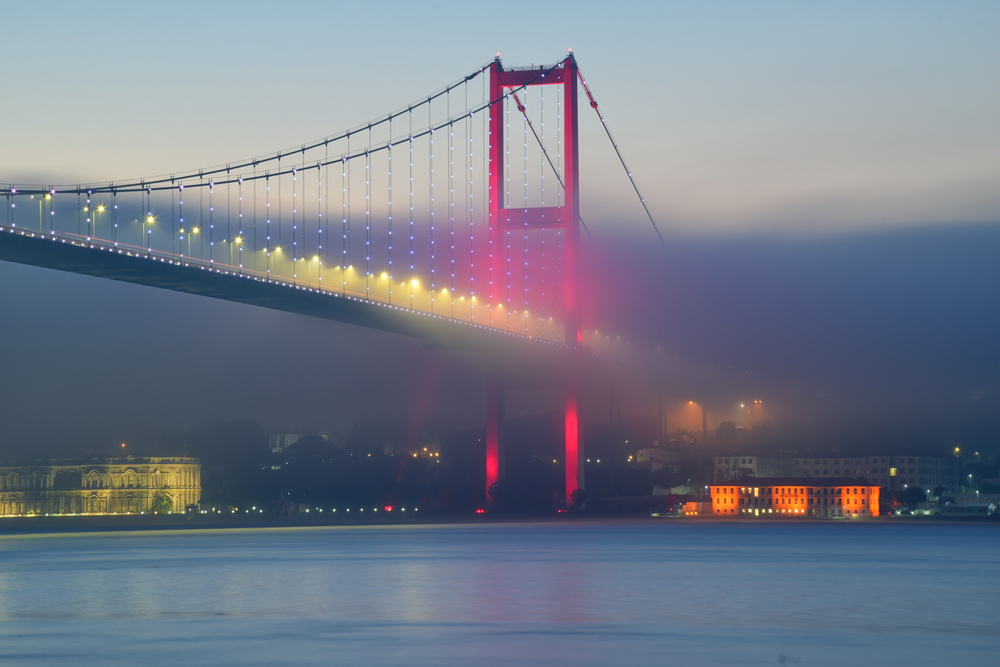
This engineering marvel connected the European and Asian shores of the
Bosphorus nearly 2,000 years before the modern bridges we see today. Built upon
massive stone piers, three parallel bridges allowed separate streams of traffic to flow
simultaneously, an innovation that wouldn’t be seen again for centuries.
The bridge played a crucial role in the city’s defense system, featuring mechanisms that could be quickly dismantled during enemy attacks. Though it vanished during the city’s
medieval period, its innovative design influenced bridge builders for generations.
The Arkadiko Bridge, Greece
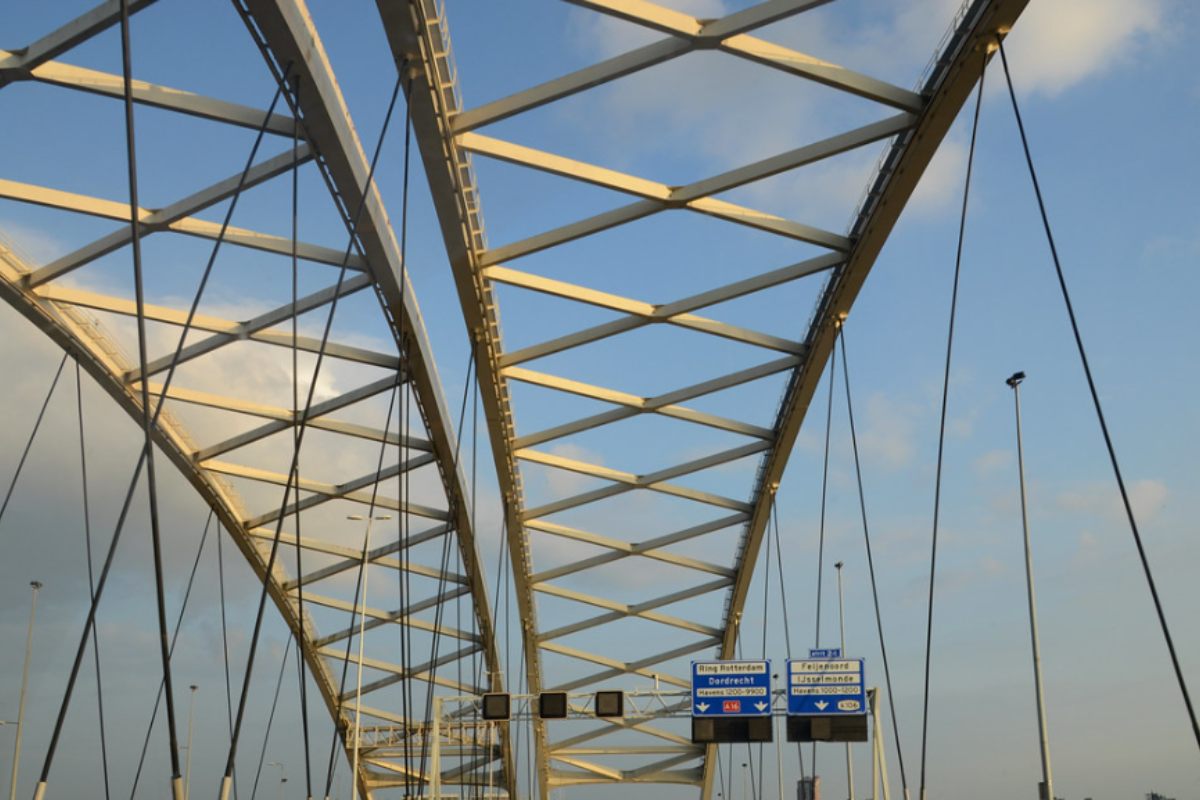
One of the oldest arch bridges in the world, this Mycenaean marvel demonstrated
sophisticated engineering knowledge over 3,000 years ago. The bridge used
sophisticated corbel arch techniques to distribute weight, allowing it to survive
centuries of use without mortar.
Its design incorporated flood channels and approach ramps that influenced bridge building throughout the ancient world. Though it eventually collapsed, its ruins continue to provide insights into ancient engineering practices.
Like Travel Pug’s content? Follow us on MSN.
Where Engineering Meets Memory

These lost bridges remind us that even our most impressive structures are, in some
ways, temporary markers in time. While modern engineering gives us spans that
seem indestructible, these vanished viaducts teach us about the impermanence of
human achievement and the constant need to innovate.
Their stories live on in archived blueprints, faded photographs, and the foundations
that still peek above water during low tides – echoes of connections that once
changed the way people lived, worked, and traveled.
More from Travel Pug

- 15 Dangerous European Cities to Avoid
- 15 Caribbean Islands Where Tourists Keep Getting Scammed
- The 20 Most Fascinating Abandoned Places: A Journey Through Time and Forgotten Spaces
- 15 Hidden Places in the Smithsonian Museums Locals Love: A Guide to Lesser-Known Treasures
- 16 Hidden Florida Beach Towns That Aren’t Overrun with Tourists
Like Travel Pug’s content? Follow us on MSN.
